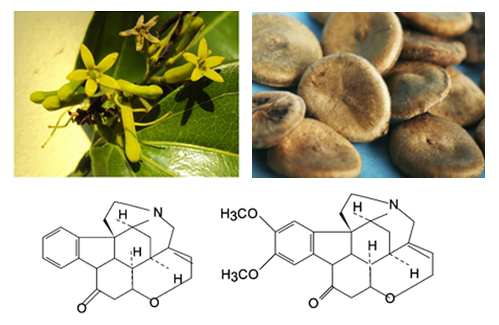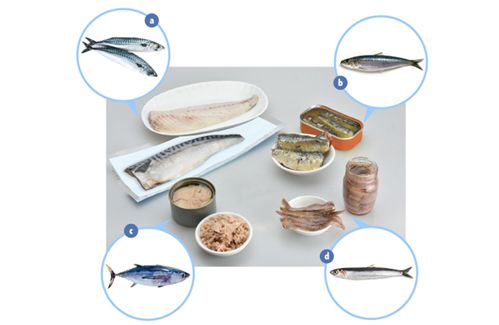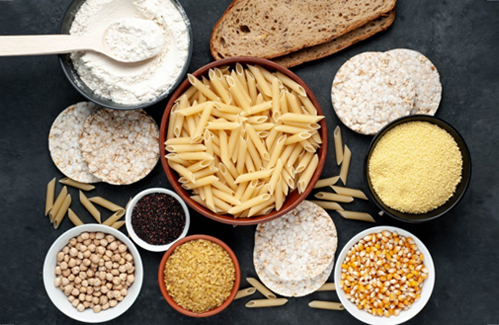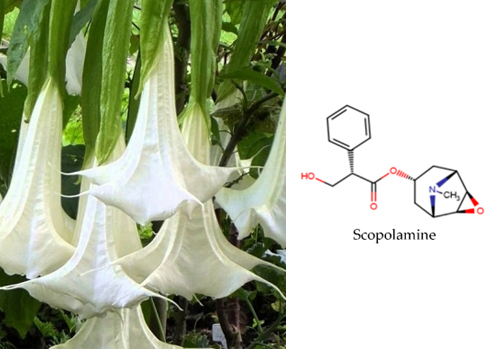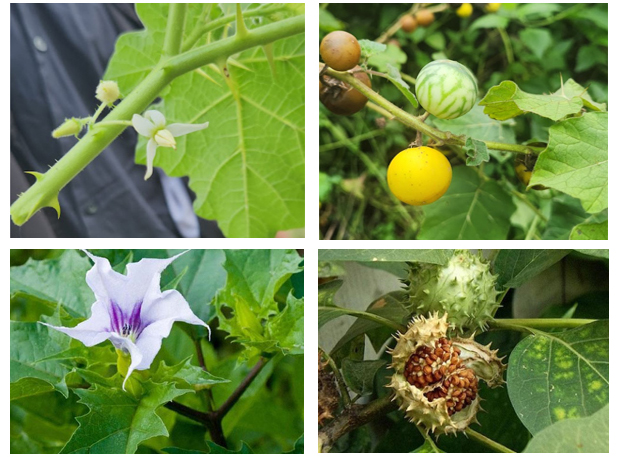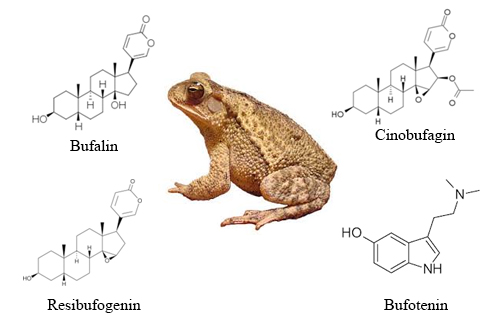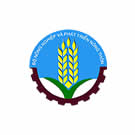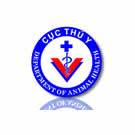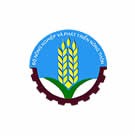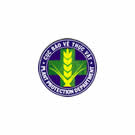- Folder Determine Cause of Poisoning
- Views 3061
- Last Updated 20/02/2023
Heartbreak grass (Gelsemium elegans), one of the four most toxic plants, is easily confused with many medicinal plants and edible vegetables. In recent years, the National Institute for Food Control (NIFC) has determined the cause of many poisoning cases related to heartbreak grass and participated in communication activities for local health officers and people to prevent poisoning of heartbreak grass.
1. Poisoning situation related to heartbreak grass
Every year, many localities across the country report several poisoning cases related to heartbreak grass. From 2019 to 2022, the National Institute for Food Control (NIFC) received a number of reports of poisoning related to heartbreak grass. The localities where poisoning often occurs are mainly mountainous areas, where many ethnic minorities reside. Some cases of poisoning occurred due to mistakenly eating parts of the grass as follows:
In July 2020, in Linh Ho commune (Vi Xuyen, Ha Giang), a group of five people went to the forest to pick vegetables to eat but picked the heartbreak grass, causing three deaths.
In April 2021, a report by Lang Son Food Safety and Hygiene Department in Van Quan district on a case of people eating wild vegetables: about 20 minutes after eating wild vegetables appeared abdominal pain, and lethargy was reported by family members, then taken to the hospital in a state of pale skin, pale mucous membranes, lethargy, unknown callers, white foam in the mouth, dilated pupils and death. Test results detected some alkaloids from heartbreak grass in the obtained food samples.
In May 2021, a report from Nam Suong village, Vang San commune, Muong Te district by Lai Chau Food Safety and Hygiene Department about a Mang ethnic family of three people got food poisoning, caused two death. The results detected some alkaloids from heartbreak grass in the gastric specimens of people with poisoning.
In September 2022, a report from Tuyen Quang Provincial General Hospital about a 49-year-old male patient residing in Yen Son district, Tuyen Quang province was admitted to the hospital in a state of vomiting, numbness of the tongue, headache, dizziness, ... when eating heartbreak grass.
In October 2022, a report from Thai Son commune (Do Luong, Nghe An), after drinking water which made from some tree trunks, seven men vomited, had dizzy, difficulty moving limbs, were taken to the hospital into the emergency. Here, they were given a gastric lavage by the doctor and given timely first aid…
In all of the above cases, through the results of the analysis of the obtained food and specimen samples, typical alkaloids of the heartbreak grass, such as Koumine and Gelsemine, were detected.
2. Introduction to heartbreak grass
- The scientific name of heartbreak grass is Gelsemium elegans. This species was previously classified in the family Loganiaceae, but since 1994, it has been assumed to belong to the new family Gelsemiaceae. Heartbreak grass is called by people with other names such as: “ngon vang”, “thuoc rut ruot”, “cay rut ruot”, “co ngon”, “ho man truong”, “ho man dang”, “hoang dang”, “doan truong thao”, “cau van”, …
- Description: small tree, vines, smooth branches with longitudinal grooves. Leaves opposite, ovate to oblong or lanceolate, margin whole, surface smooth, stipules indistinct. Inflorescences panicle-shaped in leaf axils, obtuse. Flowers yellow, sepals with 5 sepals loose, corolla consisting of 5 smooth petals, attached to a funnel-shaped tube, stamens 5, apex below the corolla tube, smooth bulb, filamentous proboscis, 4-lobed filamentous stigma. The capsule has a hard, tough shell, the seeds are surrounded by a thin edge, and the edges are notched.
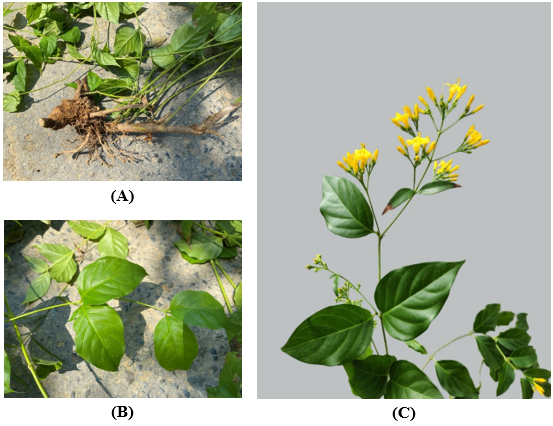
Figure 1. Heartbreak grass (A - Roots; B - Young stems and leaves; C - Flowers)
- Habitat: grows wild in the high mountains from Ha Giang, Tuyen Quang, Lai Chau, Lao Cai, Lang Son, Dien Bien, Quang Ninh, Hoa Binh, Nghe An, Kon Tum, ...
- Some plants are easily confused with the heartbreak grass: Dregea volubilis (edible heartbreak grass in some local areas), and Jasminum subtriplinerve (mistakenly taking the leaves for drinking).
Table 1 Some plants that are easily confused with the heartbreak grass
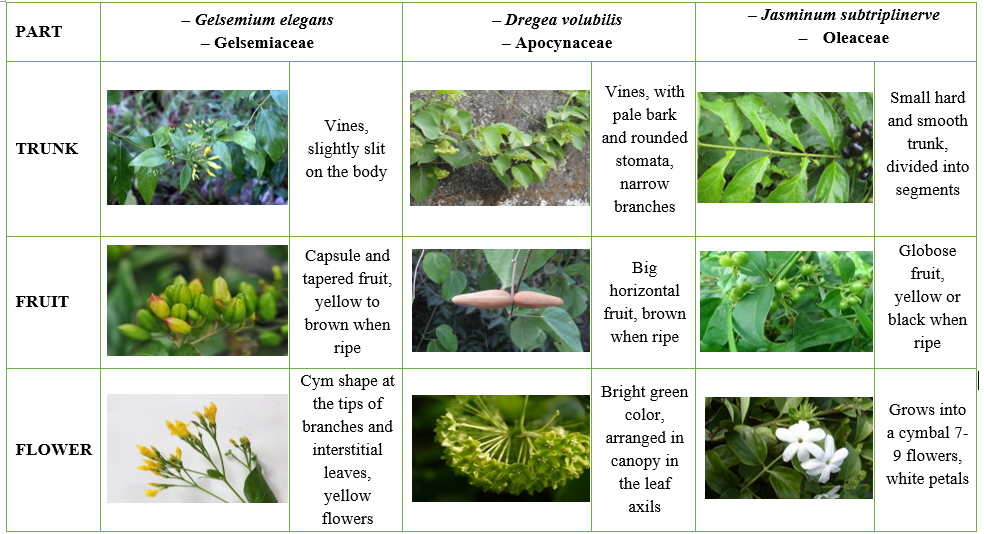
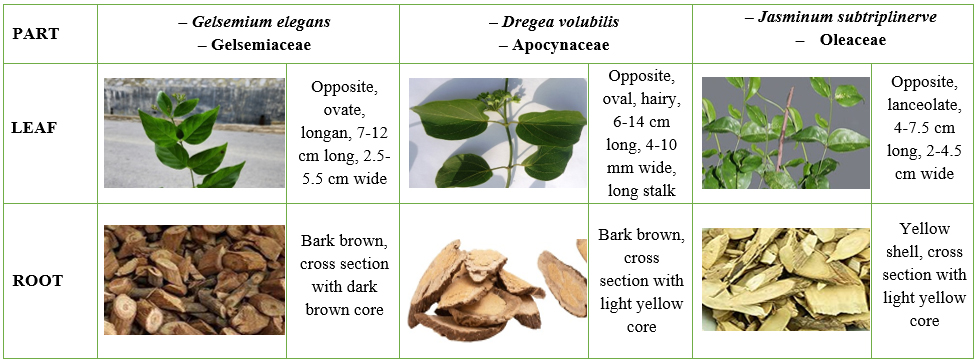
3. Toxin of heartbreak grass
Alkaloids are contained in the whole plant, the toxicity decreasing in order roots, leaves, flowers, fruits and stems. Even bees ingesting nectar can also be poisoned. Alkaloids in the plant include: koumin (the highest content), gelsemine, gelsenicin (the most poisonous), gelsamydin, gelsemoxonin, 19-hydroxygelsamydin...
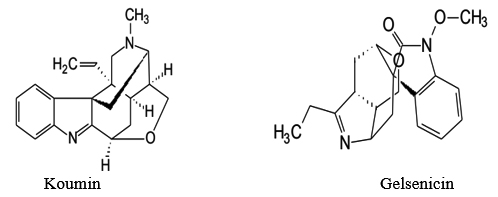
Figure 2. Some typical toxic alkaloids of heartbreak grass
There have been no studies on the lowest lethal doses in humans of heartbreak grass toxins. Documents on medicinal plants in Vietnam show that heartbreak grass is a very poisonous plant, eating 3 leaves can be enough to cause death. The main effect of toxins is on motor nerve endings leading to paralysis of skeletal muscles.
4. Prevention and treatment of grass poisoning
* Symptoms of heartbreak grass poisoning
Symptoms of poisoning appear about 5 - 30 minutes after eating/drinking. The main symptoms include:
- Ear, nose, throat, eyes: Dilated pupils, drooping eyelids (due to muscle paralysis), double vision, decreased or lost vision. Dry mouth, difficulty speaking, difficulty swallowing.
- Cardiovascular: slow heart rate.
- Respiratory: dyspnea, respiratory failure due to paralysis of respiratory muscles.
- Neurological: Headache, dizziness, convulsions (when poisoning is severe), jaw tightness, muscle stiffness, muscle weakness, muscle paralysis.
- Skin - mucous membranes: sweating, there have been reports of patients with dermatitis after handling roots, leaves, flowers.
- Effects on the fetus, lactating women, and carcinogenic potential for gene mutations: there are no studies evaluating these effects.
* Prevention of heartbreak grass poisoning
Poisoning heartbreak grass stems from 2 causes, by mistake or by intentional use. Therefore, to prevent grass poisoning, it is necessary to do the following well:
- Disseminate knowledge, and avoid poisoning cases due to confusion with other plants that can be used as food.
- Cut off the heartbreak grass.
- Timely detection and treatment of people with mental illnesses (such as depression, stress), and suicidal intentions and behaviors. Do not let these people have access to the heartbreak grass. After stable poisoning treatment, it is necessary for patients with poisoning by suicide to undergo psychiatric examination and treatment.
* Treatment of heartbreak grass poisoning
Treatment of heartbreak grass poisoning should be carried out according to two principles: (1) Early, active, and urgent treatment and (2) To ensure stable vital functions, especially to ensure respiratory control, quickly stop convulsion, and stabilize circulation before applying other measures.
When detecting a case of poisoning related to heartbreak grass, it is necessary to immediately treat the patient to induce vomiting and then promptly notify the medical authorities for handling. Specific measures to handle heartbreak grass poisoning are as follows:
- Restriction of absorption: Including the following measures:
+ Induce vomiting: conducted when the patient has just finished eating, the patient is awake and cooperative. Only use mechanical measures (throat stimulation), and do not use drugs to induce vomiting because until the drug takes effect, the patient may vomit or have pharyngeal paralysis.
+ Gastric lavage: carried out when the patient has only eaten leaves within 6 hours.
+ Use activated charcoal: Use after inducing vomiting or gastric lavage. Do not use during convulsions, respiratory failure or coma without an endotracheal tube.
- Symptomatic treatment: After the patient is treated according to the above steps, it is necessary to closely monitor for signs of convulsions, bradycardia, and muscle paralysis that may lead to respiratory failure. Supportive treatment measures are important, there is no specific antidote.
5. Propaganda activities to prevent grass poisoning
From October to December 2022, the National Institute of Food Control carried out the activity "Coordinating with authorities to propagate about the risk of poisoning with leaves of Gelsemium elegans and Capparis versicolor (Vietnamese name is La ngon and Hong trau) " together with the Ha Giang Food Safety and Hygiene Department and Lao Cai Food Safety and Hygiene Department, with the result a set of propaganda materials (including posters and leaflets) to provide general information on poisoning, ways to prevent poisoning by mistake for health workers/propaganda staff, thereby guiding/propagating concise and concise information to the people.
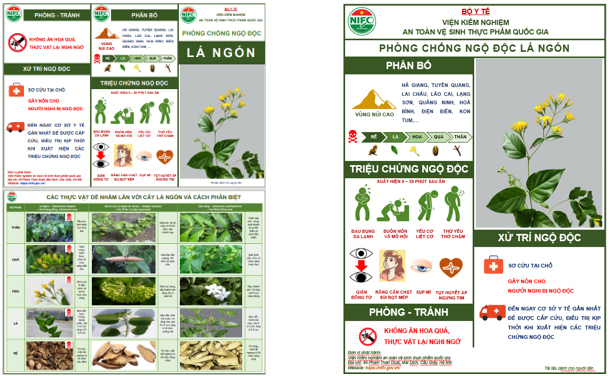
Figure 3. Propaganda leaflets and posters for local people
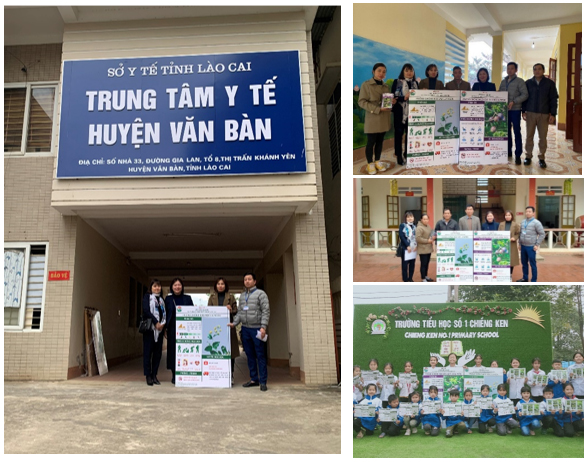
Figure 4. Handing over propaganda materials at Van Ban District Health Center (Lao Cai). Here, propaganda materials are sent directly to Chieng Ken No. 1 Primary School and Chieng Ken Secondary School Semi-Boarding Ethnic Minority School, two localities where poisoning has occurred.
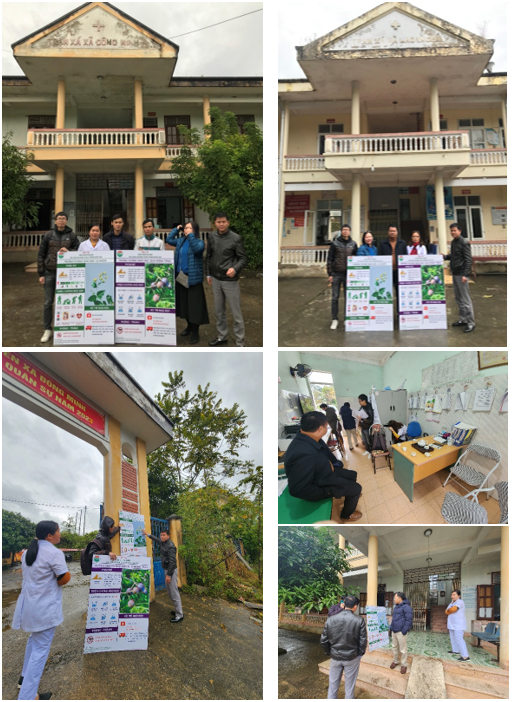
Figure 5. Propaganda activities at Dong Minh Commune Health Station and Lao Va Chai Commune Health Station, Yen Minh, Ha Giang
With the desire to contribute to reducing the cases of poisoning caused by leaves in particular and natural toxins in general, NIFC regularly conducts investigations and identification of the poisoning causes as well as poisoning prevention communication. Communication activities will help to prevent and limit cases of natural plant poisoning. At the same time, timely test results will help confirm the cause of poisoning and help doctors to direct treatment.
Leaflets with prevention of heartbreak poisoning: Link pdf_01, Link pdf_02
References
1. Lê Đình Bích, Trần Văn Ơn (2007), Thực vật học, Nhà xuất bản Y học.
2. Đỗ Tất Lợi (2004), Những cây thuốc và vị thuốc Việt Nam, Nhà xuất bản Giáo dục.
3. Bộ Y tế (2015), Hướng dẫn chẩn đoán và xử trí ngộ độc.
4. Trần Công Khánh (2004), Cây độc ở Việt Nam, Nhà xuất bản Y học.
5. Thái Nguyễn Hùng Thu (2015), Độc chất học, Nhà xuất bản Y học.





